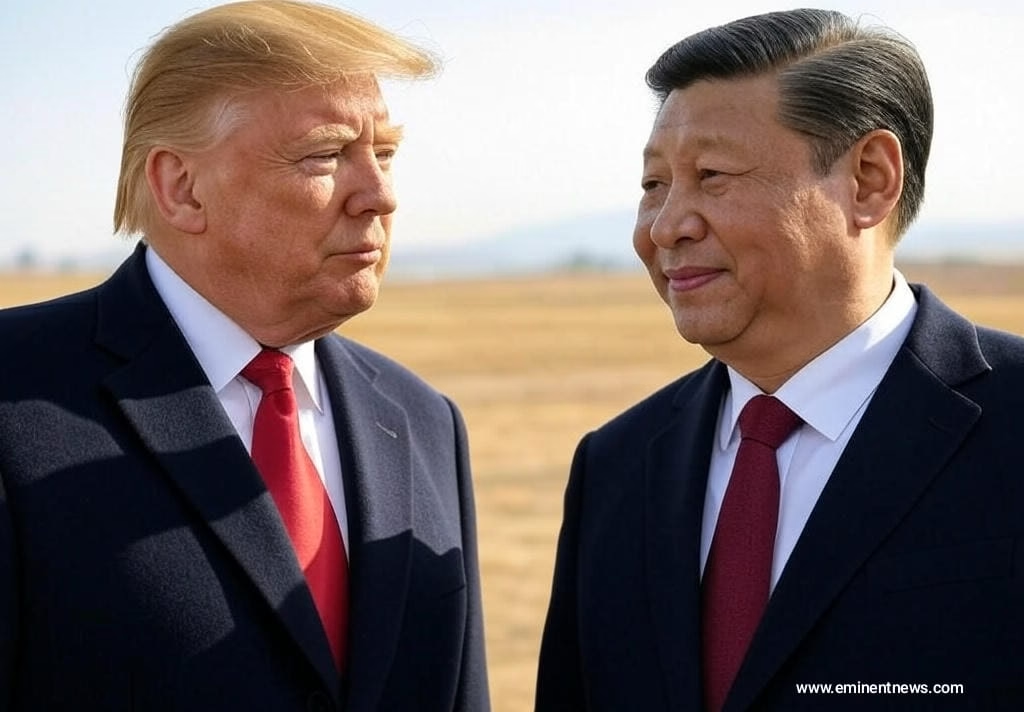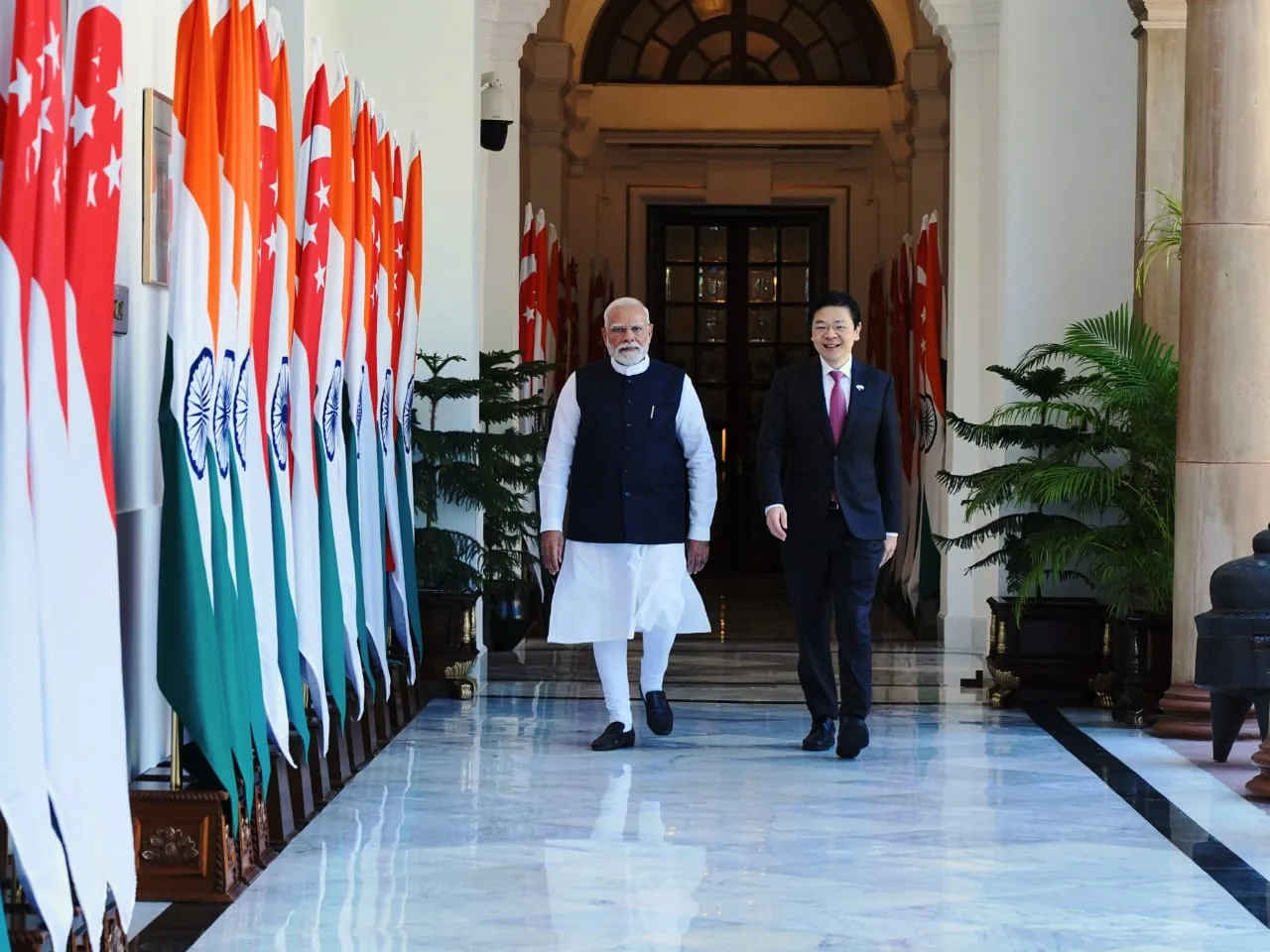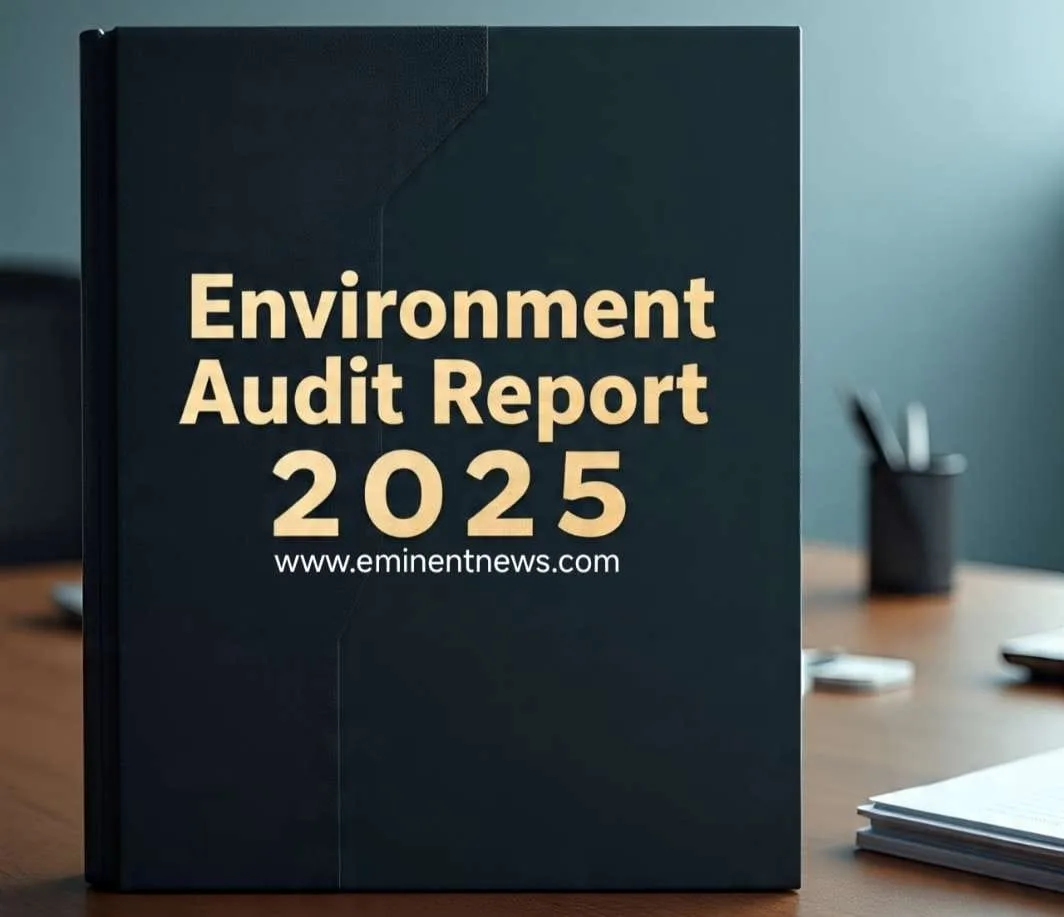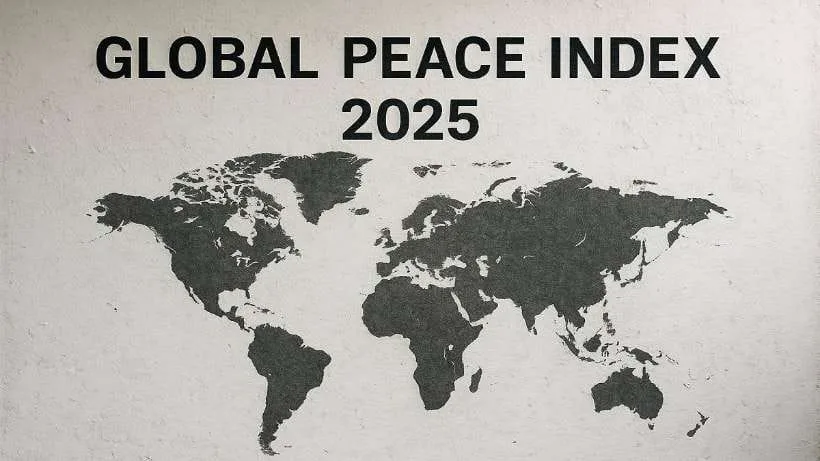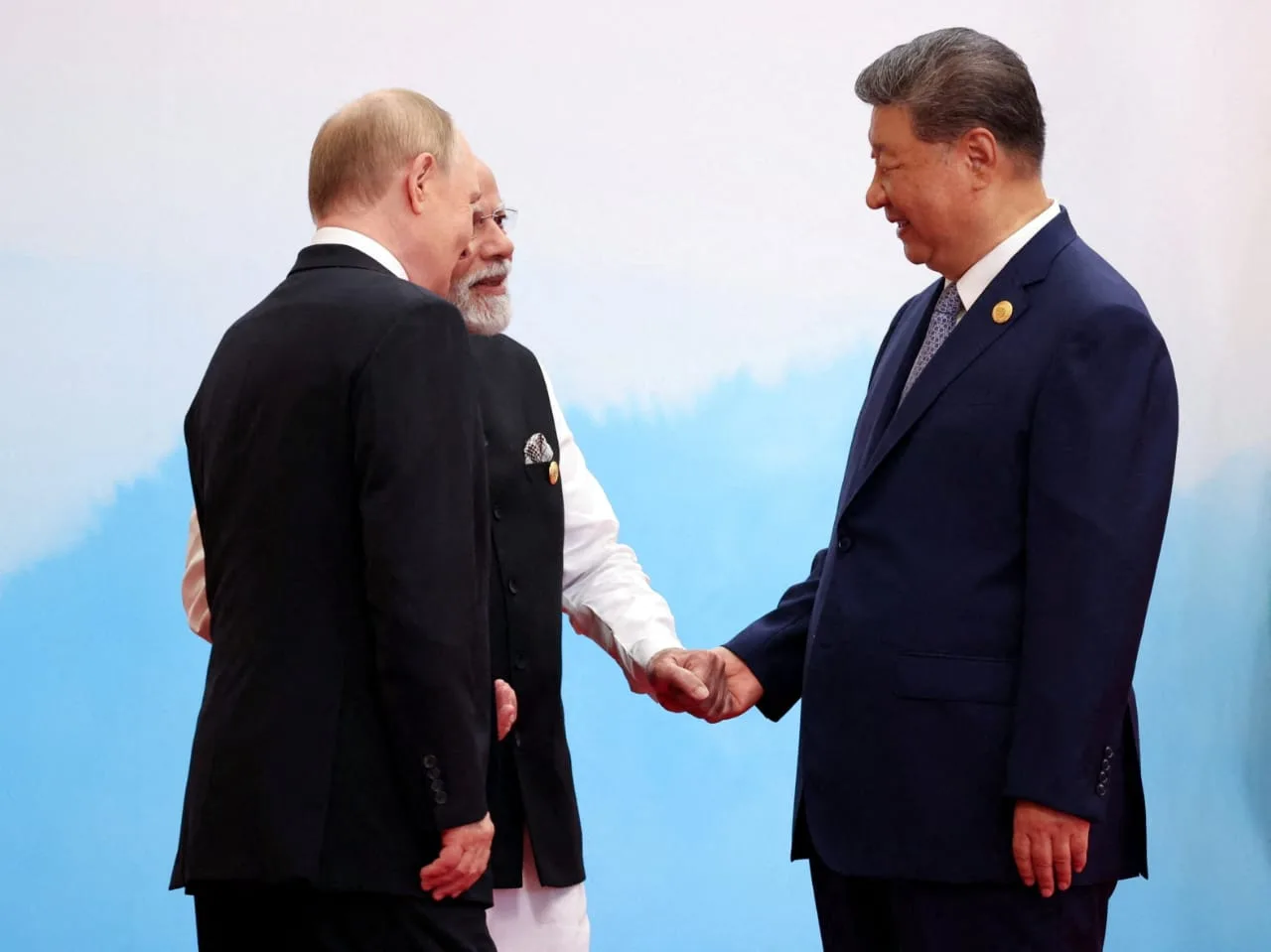The bilateral issues between the United States and China are extensive and multifaceted, impacting global security, economics, and technology. Here’s a breakdown of the key areas of contention and cooperation:
Key Areas of Tension:
- Trade and Tariffs:
- Trade Imbalance: The U.S. has long-standing concerns about its trade deficit with China .
- Tariffs and Trade War: In recent years, the U.S. and China have engaged in a trade war involving reciprocal tariffs on goods . For example, in 2025, the U.S. raised tariffs on Chinese exports to 125% .
- Impact on GDP: Goldman Sachs analysts predicted that tariffs could significantly reduce China’s GDP growth .
- Technology and Intellectual Property:
- Technology Restrictions: The U.S. has tightened restrictions on semiconductor exports to China and limited outbound investment in sensitive tech sectors .
- Intellectual Property Theft: The U.S. accuses China of intellectual property theft and industrial espionage .
- Taiwan:
- U.S. Support for Taiwan: The U.S. has deepened unofficial ties with Taiwan, selling weapons and increasing diplomatic engagement .
- China’s Stance: China insists on eventual reunification with Taiwan and has not ruled out the use of force .
- Military Activity: Increased military exercises in the Taiwan Strait have heightened tensions .
- South China Sea:
- Territorial Claims: China’s expansive maritime claims and island-building in the South China Sea have led to confrontations with neighboring countries and U.S. naval forces .
- Human Rights:
- Human Rights Concerns: The U.S. criticizes China’s human rights record, particularly the treatment of Uyghurs in Xinjiang, the suppression of democracy in Hong Kong, and restrictions on freedom of expression .
- Cyber Espionage:
- Cyber Attacks: The U.S. has accused China of engaging in cyber espionage and hacking activities .
- Financial Issues:
- Delisting of Chinese Firms: Chinese firms face potential delisting from U.S. stock exchanges if they do not meet transparency requirements .
- Weaponization of Financial Systems: There are concerns that the U.S. and China could weaponize their interconnected financial systems .
- Espionage and Surveillance:
- Spy Accusations: Incidents such as the 2023 Chinese surveillance balloon have strained relations .
Areas of Cooperation:
- Climate Change:
- Climate Cooperation: Despite mutual distrust, climate change is one area where both countries must collaborate .
- Global Economy:
- Interdependence: The U.S. and China are deeply interconnected economically, which necessitates some level of cooperation . China has emphasized the benefits of bilateral trade and called for addressing concerns through dialogue .
Overall Dynamics:
- Strategic Competition: The U.S. views its relationship with China as one of strategic competition .
- Global Implications: The U.S.-China rivalry has global implications, with third countries increasingly pressured to take sides .
- Media Narratives: Both countries are shaping media narratives to serve their national interests, which can complicate balanced reporting .
Recent Developments:
- Tariff Increases: The U.S. has increased tariffs on Chinese goods, leading to retaliatory measures from China .
- White Paper on Trade: China released a white paper emphasizing the benefits of bilateral trade and calling for dialogue .
- Trade Talks: Despite the tensions, there have been calls for talks to address the issues .
In summary, the U.S.-China relationship is characterized by a mix of competition and cooperation. While tensions persist over trade, technology, Taiwan, human rights, and regional security, there is also recognition of the need to cooperate on issues like climate change and global economic stability.

